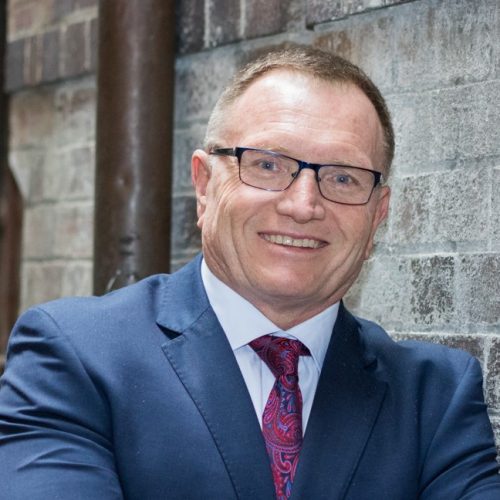
Robots will do our work, full-time employment will be a thing of the past and everybody will need a degree to find a job.
We’ll be free to work from home, anybody can be an entrepreneur and older people’s skills and experience will be highly valued.
These are some of the conclusions that we can reasonably draw from the CSIRO’s recently released report Tomorrow’s Digitally Enabled Workforce: Megatrends and Scenarios for jobs and employment in Australia over the next twenty years.
Whether we see the trends as negative or positive, massive change in the world of work is a certainty. How can both employers and job seekers make the most of the changes that are certain to disrupt the world of work in the next five to 20 years?
The report identifies six megatrends in employment.
“A lot of jobs are going to be extinguished by technology but a lot of new jobs are going to get created. There is opportunity and risk here. And all of the jobs we do are going to be reshaped by technology as well.” – Dr Stefan Hajkowicz, Senior Principal Scientist Strategy & Foresight Team, CSIRO
“Often people worry that our jobs are all going to be replaced by machines. But I see the future as one where people get to do exciting fulfilling creative work, while machines do the jobs they they’re best able to do.” — Rene Leon, Secretary, Department of Employment
“Over the next twenty years, the job market in Australia is going to become much more dynamic, with a much higher rate of job destruction and job creation required… It’ll change the way we manage our own careers and the choices that we make for our children.” — Brad Noakes, Partner and Managing Director, BCG
Implications
The report stresses that these trends hold implications for how we manage our careers as well as for how companies manage their workforces.
New skills and mindsets are needed. Education and training are becoming ever more important, as new capabilities will be needed for the jobs of the future. As well as literacy and numeracy, the future workforce will need digital literacy. The report predicts digital literacy, as well as numeracy and verbal literacy, will be threshold requirements for most jobs. STEM will become fore important for getting a good job.
Attitudes and perceptions must change. Adaptability, resilience and entrepreneurial capabilities will be important in handling a dynamic labour market. Workers who can handle a career dead-end or job loss and create their own job in another space will thrive. Soft skills will be increasingly vital. Norms about job types, such as gender, age and cultural stereotypes will be challenged and employers will have to rethink the ‘right’ person for the job.
Divergent and vulnerable demographics will need attention. Workforce participation in vulnerable demographics, such as low-skilled males, must increase if we not to suffer depression, stress and domestic violence as rising skills and automation increasingly exclude the vulnerable. Retirement will have to be rethought, and ways to tap the knowledge of older workers while freeing up positions for younger workers will have to be negotiated. Companies and industries will have to use data and modelling to predict which jobs and tasks are likely to be automated; identify new jobs likely to be created and identify how the transition can be made as smoothly as possible.
New business models need understanding and adjustment. Employers and employees must understand the peer-to-peer and freelance models. Are there certain tasks and industries in which this works? How can the transition be made? How is fairness guaranteed? How will the demand for offices change, and how might this impact on cities?
“I think it’s a foundational piece, it doesn’t give answers to all the challenges. It’s a framework to take this subject further, and really start thinking about what are the implications from a policy-making perspective.” — Patrick Maes, CTO and GM Strategy & Planning, Global Technology, Services & Operations, ANZ